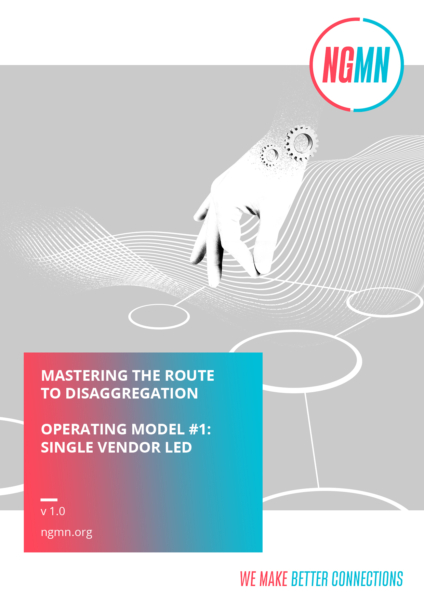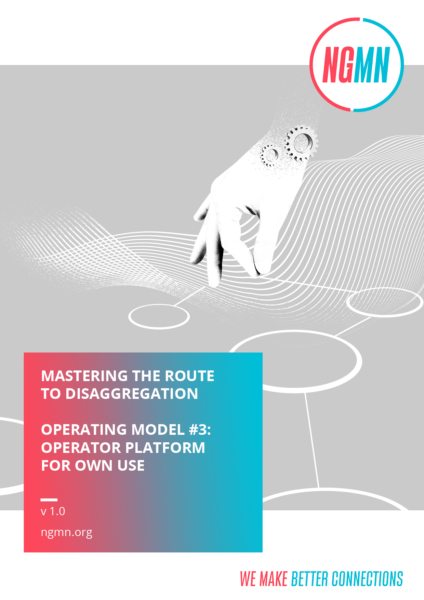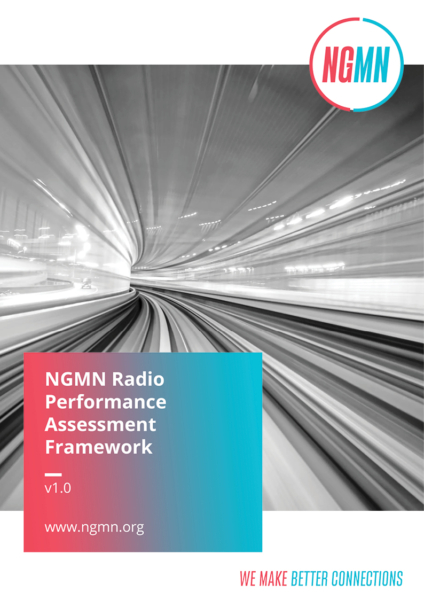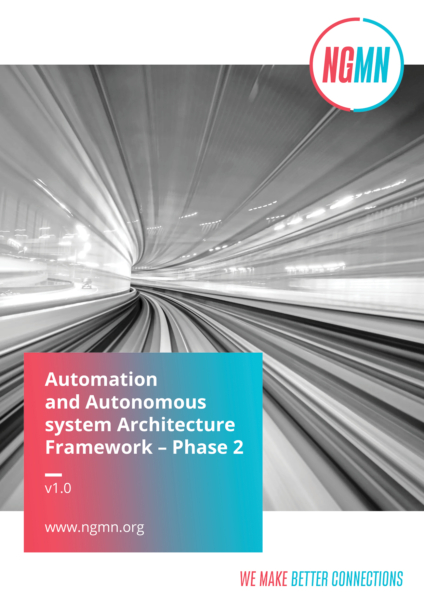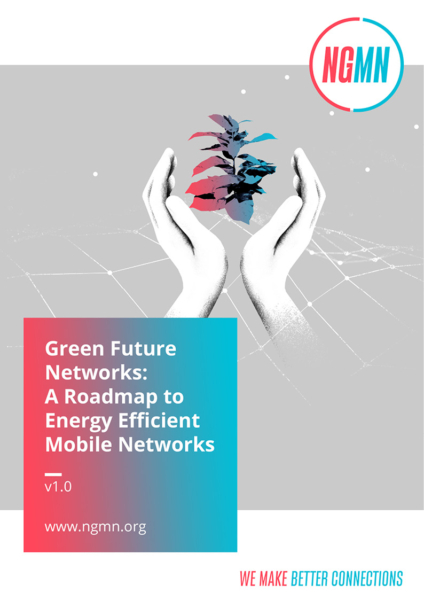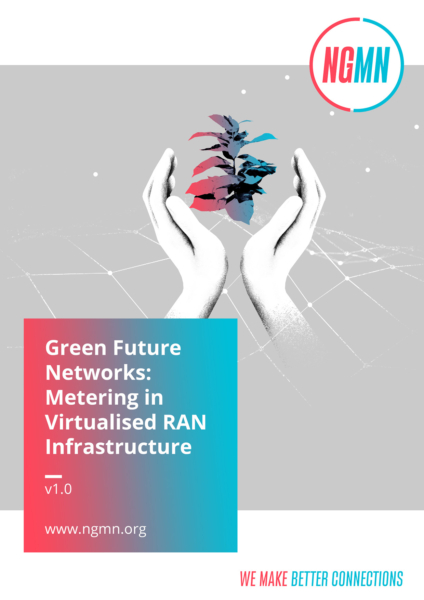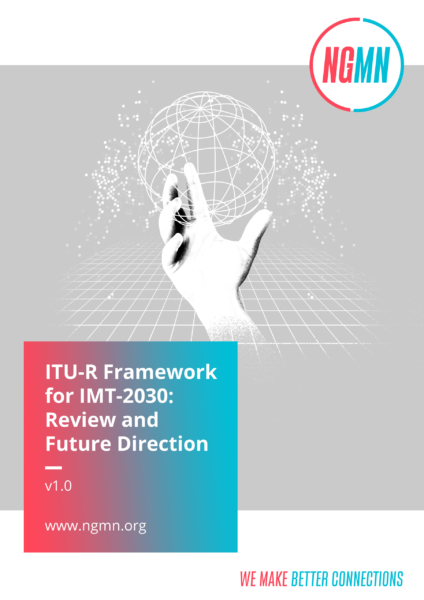Category: 2024
Operating Model #4 – Operator Led Platform Commercially Offered to Others
//in 2024, ODiN, Publications //by Juliya NaumovaAutomation and Autonomous system Architecture Framework – Phase 2
//in 2024, Network Automation and Autonomy Based on AI, ODiN, Publications //by Juliya Naumova
Green Future Networks: A Roadmap to Energy Efficient Mobile Networks
//in 2024, GFN, Publications //by Juliya NaumovaThis latest NGMN publication outlines 16 different energy saving techniques and intelligent solutions that are currently used or under development in the industry. Supported by real-world data, the publication highlights the energy saving potential of each solution and classifies each by type and by the time needed to develop and deploy them.
According to the publication, energy consumption can be reduced through process optimisations, engineering and operational improvements, and the deployment of recent technologies. This is the latest phase of NGMN’s Green Future Networks programme, building on the previous publications that addressed the short-term solutions that mobile network operators (MNOs) could deploy.
Green Future Networks: Metering in Virtualised RAN Infrastructure
//in 2024, GFN, Publications //by Nadine FassbenderBeing “green”, which entails energy efficiency and sustainability without compromising performance, is increasingly recognised as a hot topic and a prerequisite for enduring success today and in the future.
Through this publication, the NGMN Alliance delivers vital recommendations for industry standards, facilitating more precise and real-time estimations of energy consumed by virtualised or cloud-native network functions. It highlights the necessity of enhancing current 3GPP Virtual Network Function (VNF) / Cloud Network Function (CNF) energy consumption estimation frameworks for more precise measurement of energy consumption by VNF/CNF on shared IT/Cloud infrastructure.
Furthermore, the publication emphasises the implementation and the consideration by standardisation bodies of the Redfish® model published by DMTF as a starting point, and addresses the questions which data/parameters are measured, how, and which standards to align to.
CONTACT
NGMN Alliance e.V.
Signature by Regus
Breite Straße 3
40213 Düsseldorf, Germany
Phone +49 211 540 596 005
office@ngmn.org

